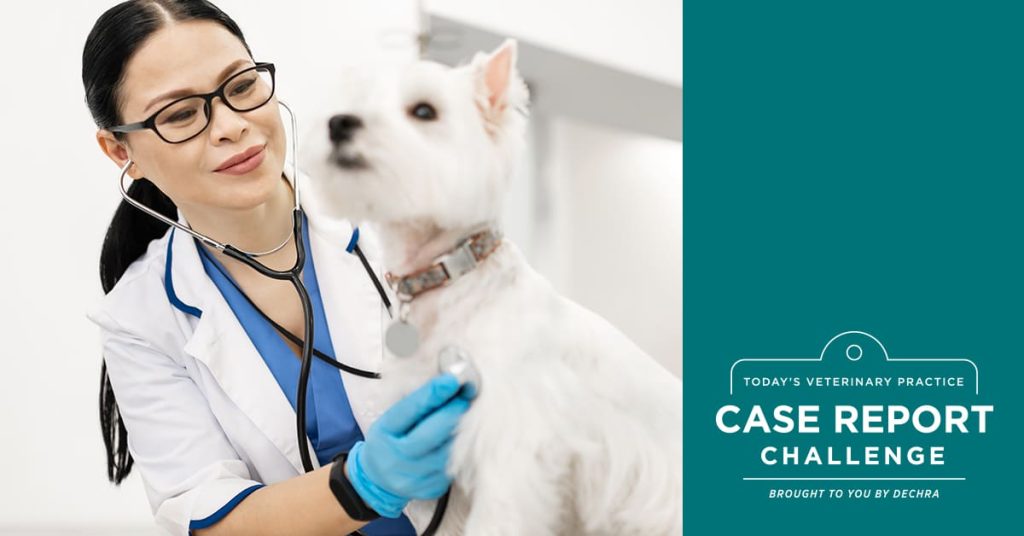[ad_1]
SUMMARY:
In 2004, the U.S. Food and Drug Administration estimated that 92% of drugs that pass preclinical tests, including animal tests, do not reach the market. Despite efforts to improve the predictability of animal testing, the failure rate is now closer to 96%. A review of treatment trials for specific human diseases found that animal experiments accurately predict how they will behave in people only 50% of the time.
University of Georgia
College of Veterinary Medicine
[email protected]
Simon R. Platt, BVM&S, MRCVS, DACVIM (Neurology), DECVN, is a professor of neurology and neurosurgery at the University of Georgia College of Veterinary Medicine. His research interests include ischemic disease of the central nervous system, canine brain tumors, and epilepsy.
Dr. Platt is a member of the International Veterinary Epilepsy Task Force and a founding member of the Southeastern Veterinary Neurology Group. He has authored or coauthored more than 190 journal articles and 50 book chapters and is the co-editor of three textbooks: BSAVA Manual of Canine and Feline Neurology, Manual of Small Animal Neurological Emergencies, and Canine and Feline Epilepsy: Diagnosis and Management. Dr. Platt received his veterinary degree from the University of Edinburgh (Scotland) and completed an internship in small animal medicine and surgery at Ontario Veterinary College (University of Guelph) and a residency in neurology and neurosurgery at the University of Florida.
Animal testing has resulted in major medical innovations, such as vaccines, antibiotics, and drugs like insulin, but they have come at a high cost paid by the animals involved. Additionally, the majority of such testing often fails to be of any benefit. In 2004, the U.S. Food and Drug Administration (FDA) estimated that 92% of drugs that pass preclinical tests, including animal tests, do not reach the market. Despite efforts to improve the predictability of animal testing, the failure rate is now closer to 96%.1 A review of treatment trials for specific human diseases, such as head injury, respiratory distress syndrome, osteoporosis, and stroke, found that animal experiments accurately predict how they will behave in people only 50% of the time.1
The marketing of drugs and other pharmaceutical products in the U.S. is controlled by the Federal Food, Drug, and Cosmetic Act (FFDCA), which empowers the FDA’s Center for Drug Evaluation and Research to require extensive toxicity testing on animals before a new drug is deemed “safe” for marketing. It typically takes 10 to 15 years and an investment of an average of $1 billion for a new drug to come to market. This antiquated process slows progress, drives up drug costs, and sacrifices countless animals.
“We cannot predict what we might achieve when intelligence is magnified by the tools that AI may provide, but the eradication of war, disease, and poverty would be high on anyone’s list.” — Stephen Hawking
Efforts to reduce, refine, and replace testing on animals have been making progress over the last decade. Recently, the U.S. Environmental Protection Agency committed to eliminating all mammal study requests and funding by 2035, and the House Energy and Commerce Committee passed the FDA Modernization Act, strengthening the chance of enactment of a measure that would eliminate a statutory animal testing mandate for new drug development and reform the drug approval process. An amendment to the FFDCA would allow manufacturers to use alternatives to investigate the safety and effectiveness of a drug.
So, what are the alternatives? One solution is to use computer models instead—a field that has grown exponentially in recent years and integrates the perspectives of statisticians, toxicologists, biologists, chemists, engineers, and mathematicians to analyze existing data and generate reliable predictions. The use of this artificial intelligence (AI) is now capable of “self-learning”; for instance, using millions of known chemical compounds and data collected in a growing number of accessible databases allows them to predict how a new substance will behave in humans or in the environment, boosting already impressive predictive capabilities. One study has demonstrated that AI could map out previously unknown relationships between molecular structure and specific types of toxicity, such as the effect on the eyes, skin, or DNA.2 While it’s important to be cautious, as the quality of the predictions can be only as good as the information being utilized, the potential is now there for “robots” to save our animals as well as ourselves.3
[ad_2]


